As Chris Huizinga hiked up a rocky mountainside in the American Southwest on a sunny day last March, her eyes fell upon the find of a lifetime: an arrowhead, more accurately called a projectile point.
“I had been looking for one for forever and ever,” said Huizinga, 66, a history buff and retired secretary and teacher aide who lives in Comstock Park, Michigan.
“This has been on my bucket list since I was a little girl.”
Until this year, her chances of finding one looked slim. To stumble upon a treasure that like, you have to be out exploring. And for the last 10 or 12 years, Huizinga didn’t—couldn’t—spend much time on her feet.
Hiking had not been an option.
Instead, she spent more than a decade seeking treatment for problematic feet. It took 13 foot surgeries—plus a double knee replacement—to get her back into hiking shoes and onto the trails.
10-year ulcer
Huizinga’s troubles began 15 years ago with the removal of bunions from both feet. In time, the bunionectomy on her left foot had to be redone—twice. After the third surgery, she developed a pressure ulcer the size of a half-dollar on the ball of her foot.
That sore stayed open for the better part of a decade, no matter what her longtime podiatrist and an orthopedic surgeon did to relieve the pressure so it could heal.
“I tried all different surgeries,” she said. “I have scars on the backs of my legs and all the way up under my ankle.”
Nothing worked. Chronic pressure spots can be tricky to correct under the best conditions. Huizinga lives with the added challenge of neuropathy in her feet.
“I’m not diabetic, but my doctor says I have diabetic feet,” she said.
So for 10 years, she would bandage her left foot every morning and hope for the best. Occasionally the ulcer would heal for a few days, but the skin would always break open again, putting her at risk for infection.
In the summertime, when her grandsons came from Louisiana to visit, she’d have to sit at the side of her backyard pool and watch them play rather than jumping in.
“Those are the things that bothered me the most,” she said. “I couldn’t go into a pool with anybody else.”
In 2017 her cellulitis infections ramped up, striking her foot six times between Easter and Labor Day. Repeatedly she landed in bed with fever and chills.
Still seeking a long-term solution and suspecting Huizinga’s problems stemmed from poor circulation, her podiatrist sent her to the Spectrum Health Vein Center. Her veins proved healthy, but the infections persisted. So her doctors referred her to the Spectrum Health Medical Group Infectious Disease clinic.
A specialist there, realizing the infectious disease team didn’t hold the key to Huizinga’s vexing troubles, encouraged her to see Marisha Stawiski, DPM, a Spectrum Health Medical Group foot and ankle specialist with a reputation for solving thorny problems.
Perhaps she could get that ulcer to heal.
By now, Huizinga felt resigned to the fact that she might never do the things she longed to do: chase after her grandsons, hike with her husband, shop all day with her daughters. What could a new surgeon do that the others couldn’t?
Still, she refused to give up hope.
“You have to move on and keep trying to find someone who can help,” she said.
Turning point
Huizinga’s September 2017 visit to Dr. Stawiski became a turning point in her long road to healing.
Dr. Stawiski, a surgeon with Spectrum Health Medical Group’s foot and ankle clinic, viewed Huizinga’s X-rays and came up with a straightforward plan.
Two structural elements contributed to the high pressure point, preventing the wound from healing, the doctor said: Huizinga’s condyle bone above the ball of the foot was more prominent and more sharply angled than usual, and a floating sesamoid bone—a normal but nonessential part of the foot—seemed to be causing additional irritation from the inside.
Rather than performing a complex surgery with a lower likelihood of success, Dr. Stawiski chose the simple route.
“I thought, ‘Why not just go right at the site, plane down that prominent condyle, take out those sesamoids and see if that works?’”
Mindful of the many surgeries Huizinga had already been through, Dr. Stawiski figured she had one shot at success. So she went all in.
“I was pretty aggressive with how much condyle I took off … knowing that was her last chance, really, of getting this to heal,” she said. “I just tried to keep it simple and hope for the best. And it worked.”
The surgery took place in October 2017. A month later, Huizinga and her husband, Marc, packed up their RV—and their companionable cockatoo, Sugar—and left on a six-month trip to Louisiana, Texas and Arizona.
By December the foot had healed, “with no evidence the ulcer ever existed,” Huizinga said.
By January she and Marc were hiking every state park trail they encountered. Over the next three months, they hiked 100 miles together, more than they’d ever dared to imagine.
“Hiking up the side of a mountain? It would have been impossible,” she said.
Huizinga can’t say enough about the difference Dr. Stawiski’s surgery has made in her life.
“It was a thrill to be able to walk and to do what we did,” she said. “It was awesome that she could do this for me. She helped me when no one else seemed to be able to.”

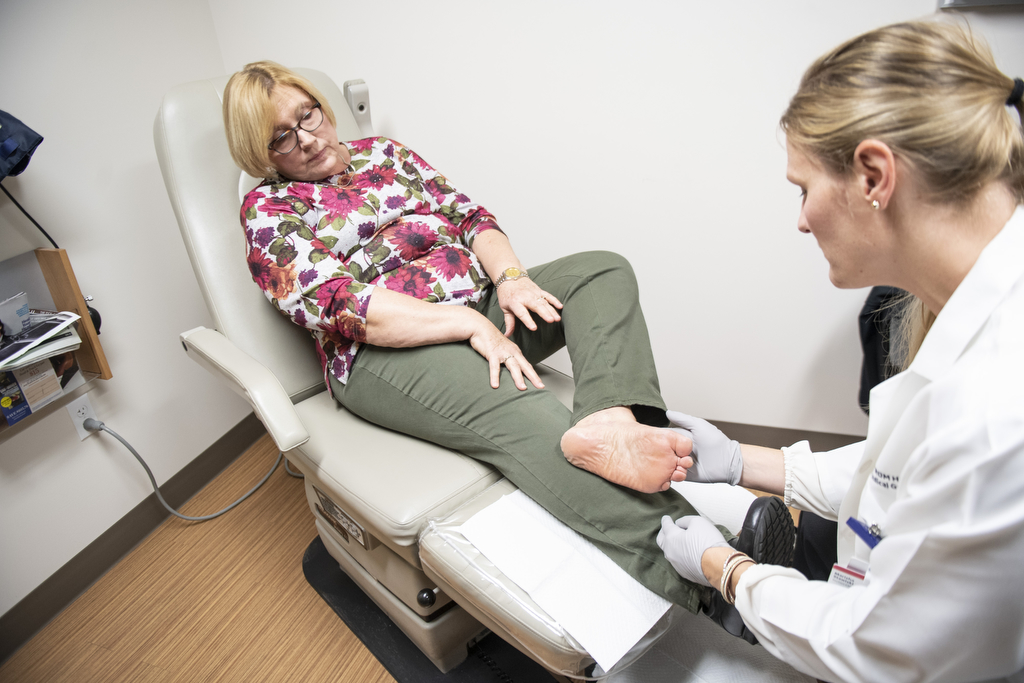
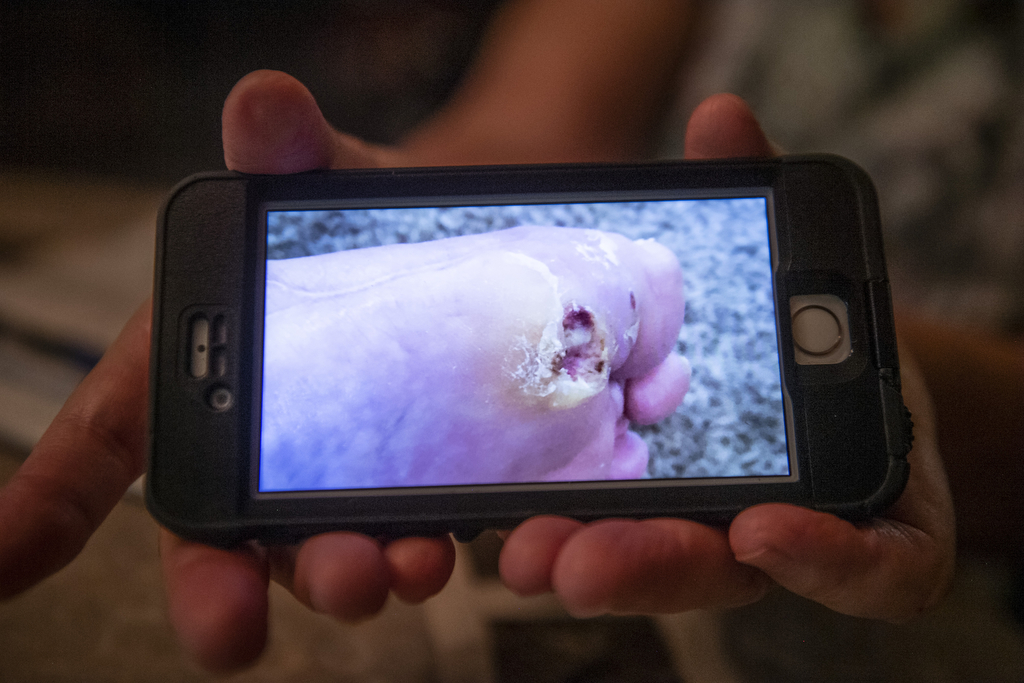
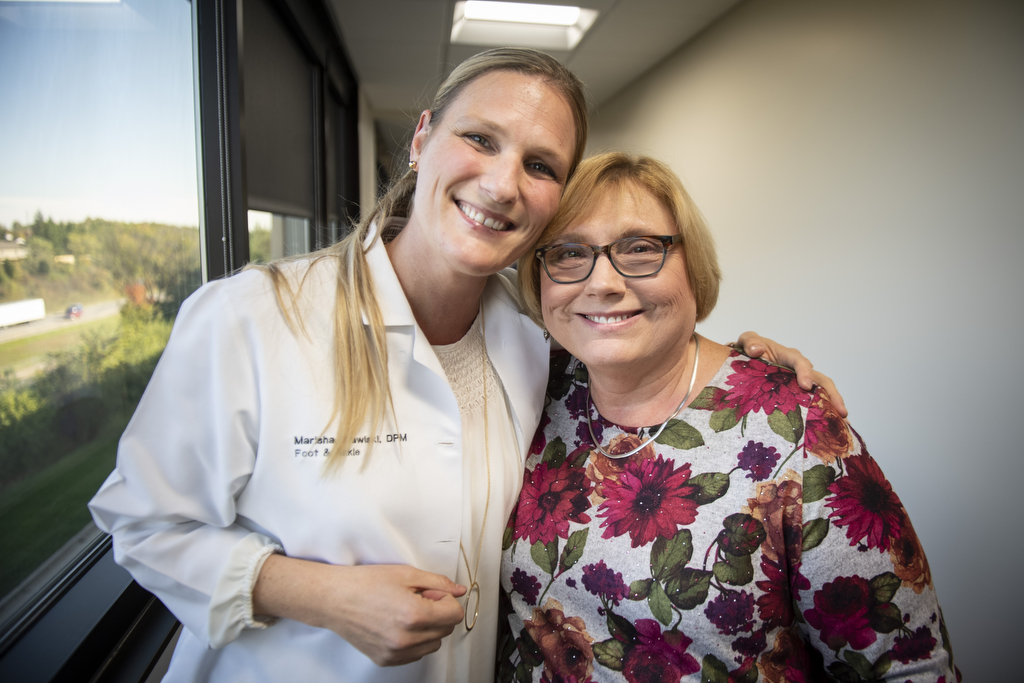
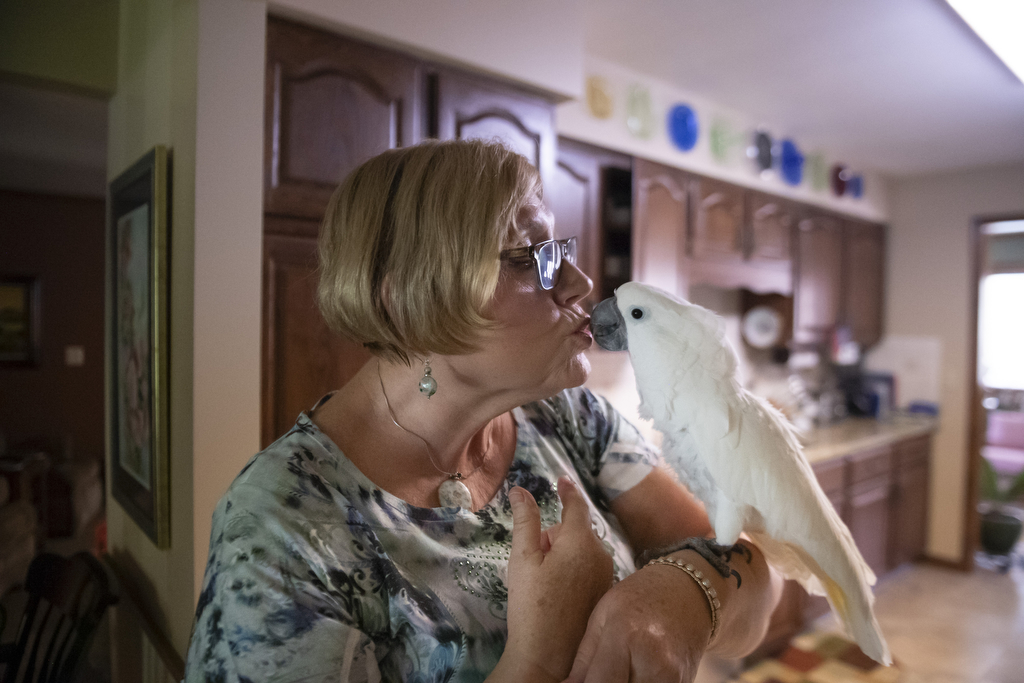

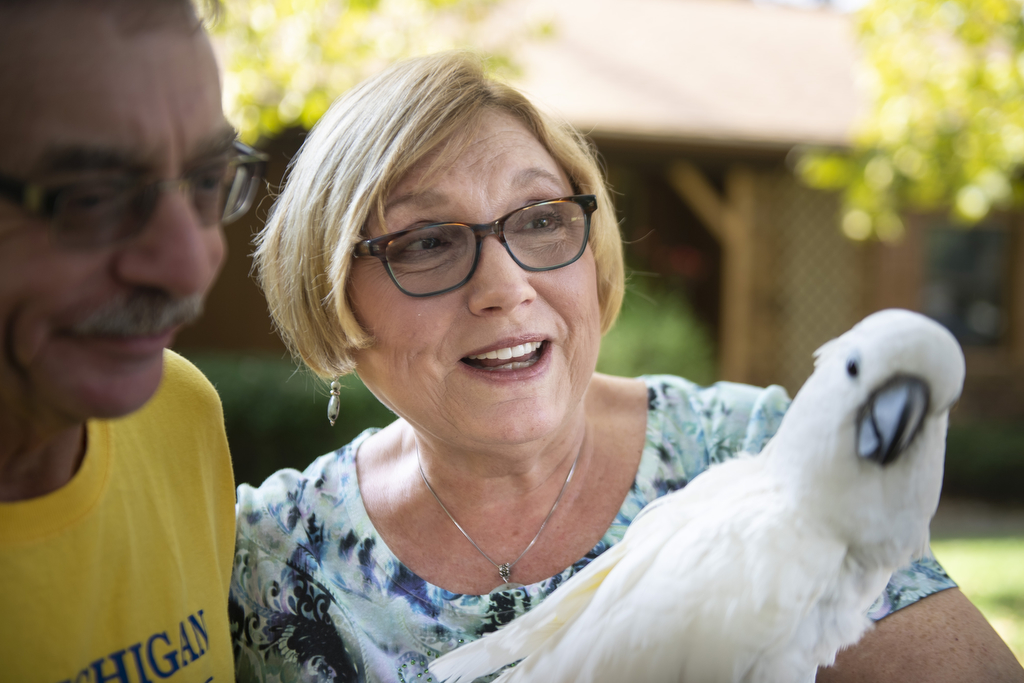
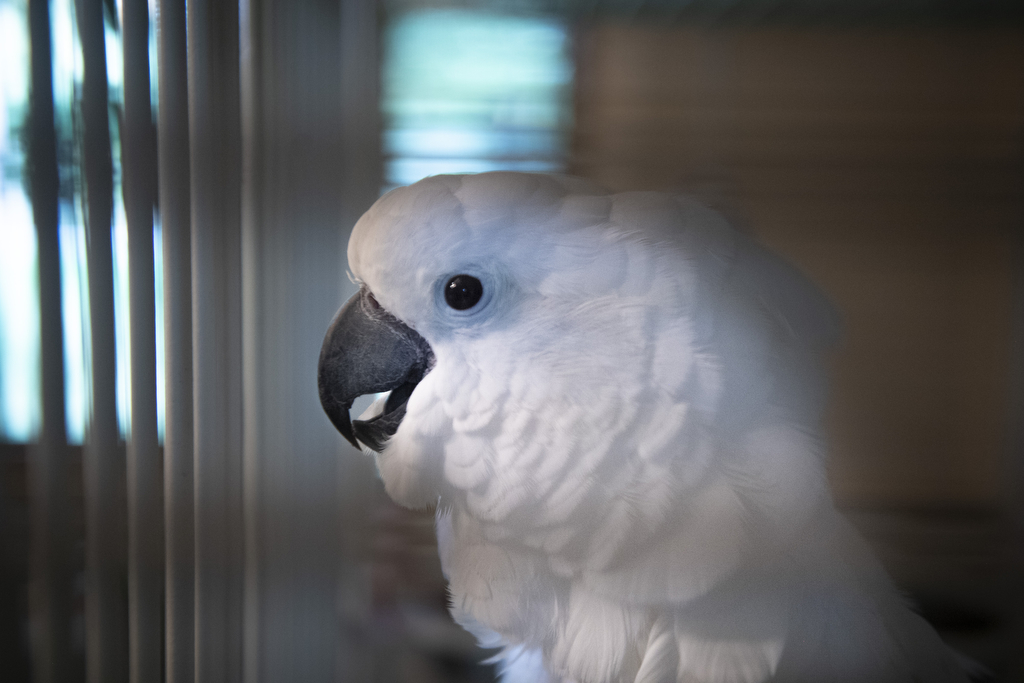
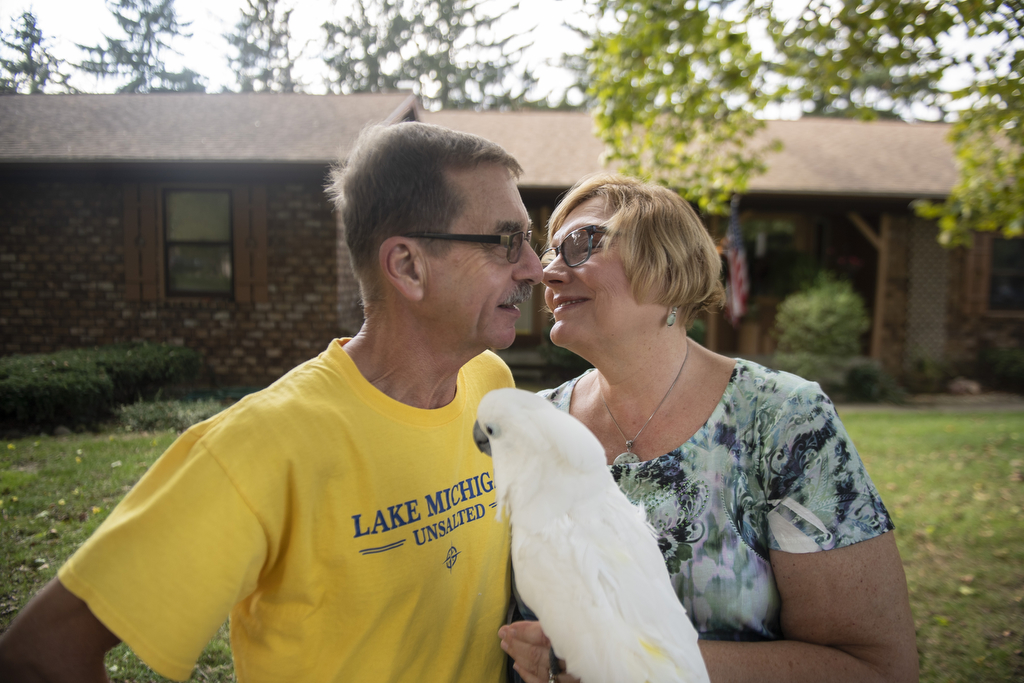

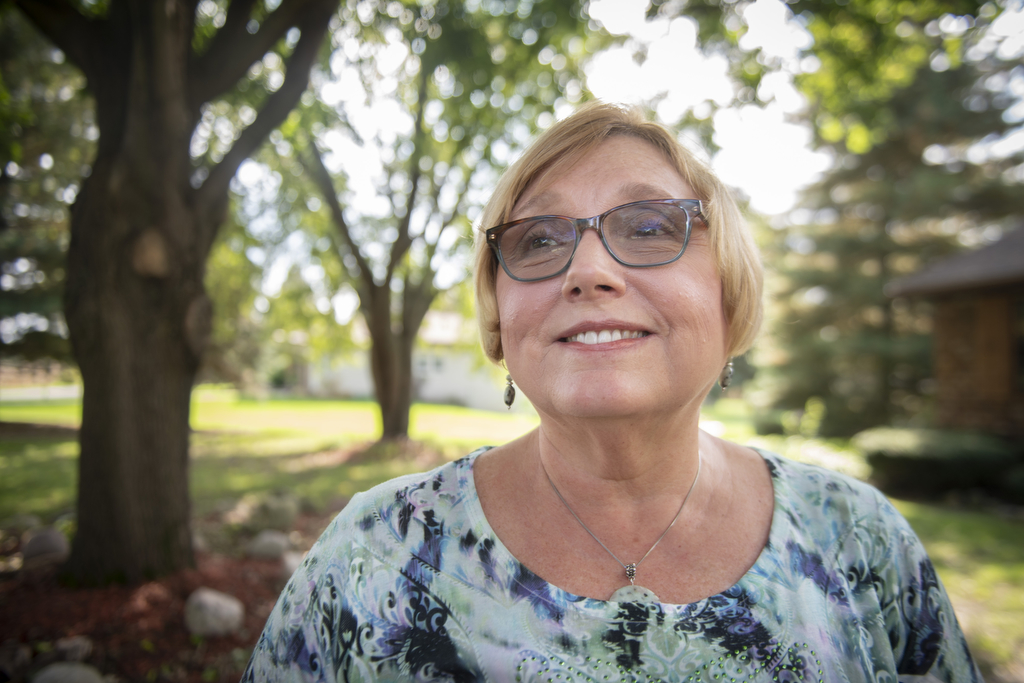
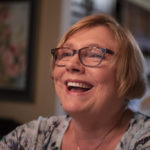
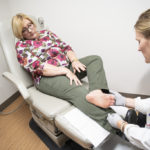
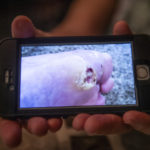
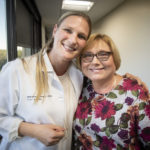
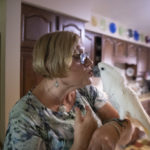
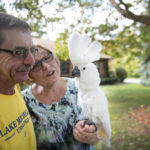





 /a>
/a>
 /a>
/a>
 /a>
/a>
These success stories are the reason our family choses Spectrum Health. If they hit a road block they continue to look for ways to fix every issue..
Awww, thank you for your kind words and high praise, Harry! We’re so glad to hear you’re a Health Beat reader and that Spectrum Health has been good to you and your family. Best wishes to you all. Cheers!